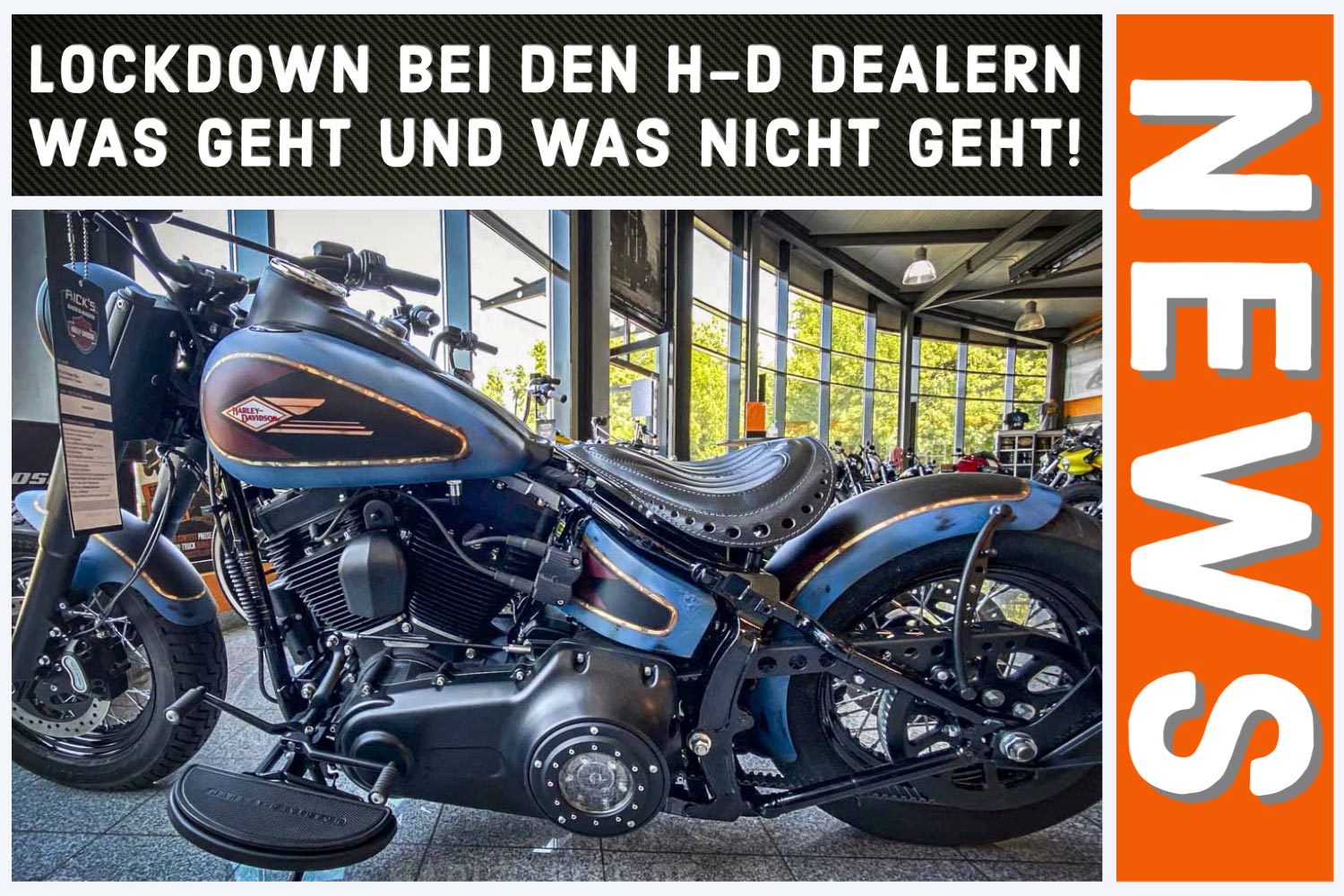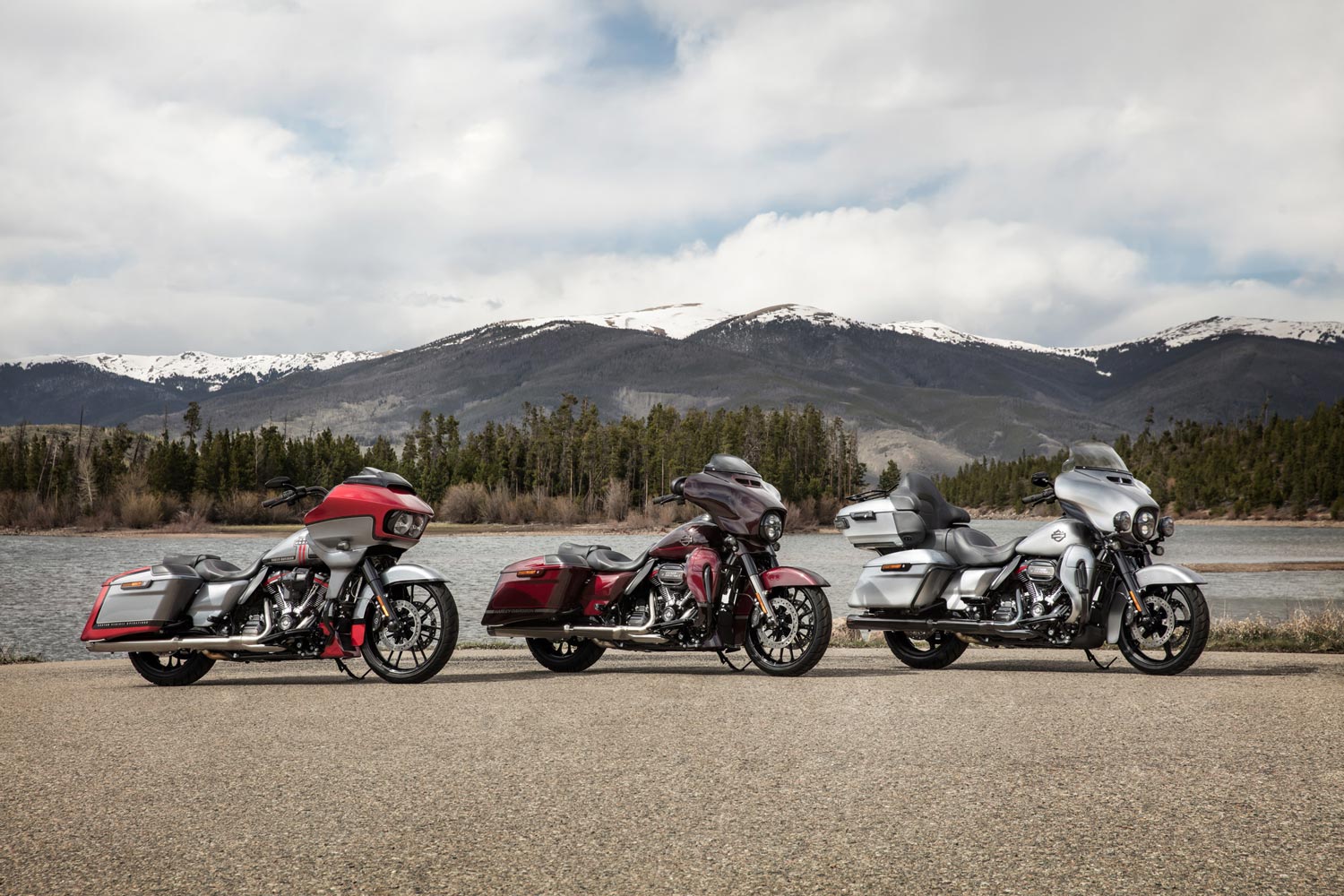
Assistance systems have arrived in the motorcycle
Safety update for two-wheelers
The motorcycle is currently undergoing a major safety update. After their triumph in cars, electronically controlled safety systems have now also arrived in the two-wheel sector: cornering ABS and traction control, driving modes and active chassis, cruise control, cornering lights and lane assistant are intended to make the lives of bikers not only more comfortable, but above all safer. The motorcycle experts at DEKRA recommend familiarizing yourself well with the sometimes complex systems in order to be able to clearly assess the limits of your own machine, even under the new circumstances.
“Electronic safety systems also have great potential in motorcycles to save lives, reduce the consequences of accidents and completely avoid accidents. “It’s important to take advantage of this,” says Luigi Ancona, accident researcher at DEKRA. “Motorcycling is still dangerous. According to accident statistics for 2021, the risk of being killed on a motorcycle in Germany is five times higher than in a car in Germany.

ABS is an important lifesaver
The well-established ABS already promises more safety. The system stabilizes the motorcycle under hard braking and can shorten braking distance for most riders; It also prevents the front wheel from overbraking and thus dangerous falls. Even on wet roads, excellent deceleration values of up to 8 m/s² can be achieved with the anti-lock device. Normal drivers usually cannot achieve such values without ABS. According to studies, around 100 lives could be saved every year if ABS were installed in all motorcycles. Consequence of the law: Since 2017, ABS has been mandatory equipment for new machines with a displacement of over 125 cc in the EU.
There is now a wide range of assistance systems to choose from in the upper class of motorcycles. It ranges from cornering ABS to traction control, various driving modes and electronically controlled suspension to cruise control with distance control and cornering lights, to lane and shift assistant. “Talking about individual systems doesn’t actually make sense here, because everything is networked with everything else, and the different systems are constantly working closely together,” explains Ancona.
With the help of cornering ABS, it is possible to brake and maintain the driving line even in steep lean angles. This makes it easier to defuse critical situations in which you have to brake unexpectedly in a curve. Integral brake systems ensure optimal distribution of braking forces between the front and rear wheels and thus increase stability when braking. In addition, a special traction control can regulate the engine power even when cornering in order to maintain grip on the road.
More safety under changing conditions
Wheelie control prevents the front wheel from lifting if you accelerate too hard. With driving modes such as “Touring, “Urban” or “Rain” the characteristics of the machine can be tailored to the driving situation, the weather or the condition of the road. “This means more safety and gives drivers a better driving experience in changing road and weather conditions,” says the accident researcher.
He does not share the fear that drivers could lose too much freedom of action to the assistance systems. “The systems tend to operate in the background and only intervene when risks become apparent. The experience of riding a motorcycle and the driver’s autonomy are preserved,” says Ancona.
Normally, Ancona is convinced that the almost five million motorcyclists in Germany would benefit greatly from the new safety systems. “When buying a used machine, it is worth looking for reasonable safety equipment in addition to good technical condition. ABS, for example, is one of the absolute basics for me today.”
Under no circumstances should you take a greater risk.
However, the new technology must not tempt drivers to destroy the safety gains that the assistance systems bring by driving too forcefully. “Even the best systems are not able to override the laws of driving physics,” says the DEKRA expert.
The accident researcher also recommends familiarizing yourself intensively with the functions, operation and limits of the built-in assistance systems on modern machines. We recommend that you regularly attend motorcycle safety training under professional guidance.
Text: DEKRA
latest news

Rheurdt – Harley-Davidson stolen

IS THE HARLEY-DAVIDSON WEEKEND WILLINGEN COMING NOW 2024?














